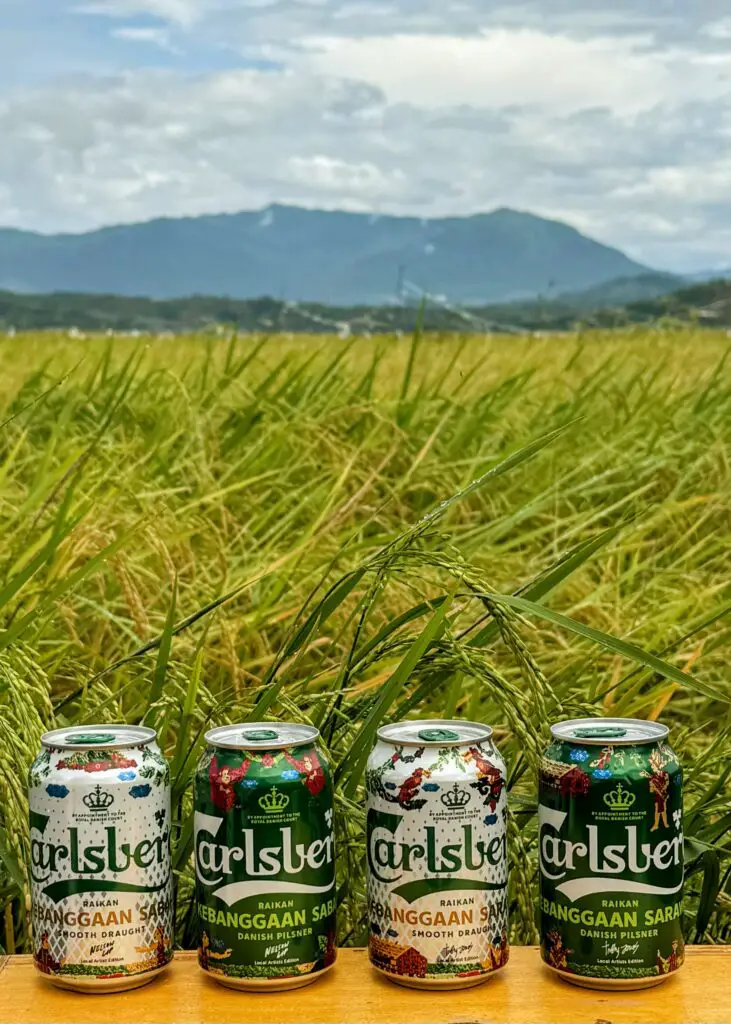If you paid attention to your history lessons in school, you might remember who Datu Patinggi Abdul Gapor is… but if you’re like the rest of us, you might only recognise his name on a school in Kuching.
As there is only a bit info on him in our history books, KajoMag decided to dig up more about this historical figure.
1. Who is Datu Patinggi Abdul Gapor?
Before James Brooke came to Sarawak, Datu Patinggi Abdul Gapor was a powerful and influential man.
He was once appointed as the Governor of Sarawak. He was also the first imam of the Masjid Besar (the State Mosque) in Kuching from 1851 to 1854.
Abdul Gapor was married to Dayang Inda. She was the daughter of Datu Patinggi Abang Ali, who fought for the independence of Sarawak from Brunei.
It was said that Abang Ali’s family was responsible for building the state mosque. The construction took place from 1848 to 1852.
2. Datu Patinggi Abdul Gapor had his title stripped by James Brooke
Abdul Gapor was awarded the title ‘Datu Patinggi’ after his father-in-law (Abang Ali) was murdered alongside George Stewart (a European officer) in 1844 when fighting a rebellion in Skrang.
In 1854, however, Abdul Gapor’s title was stripped by James Brooke because it was said that he imposed a very high tax upon the people under him.
Angered by this, he no longer had the privilege he used to before and demanded compensation.
3. He planned a revolt with another Sarawakian historical figure

In 1860, Abdul Gapor planned a revolt with Sharif Masahor, a leader from Sarikei, against James Brooke.
This happened when Brooke took control over the Rajang River in 1857 and stripped Sharif Masahor and several powerful men of their titles.
This resulted in them losing power to collect tax and influence the locals.
The revolt that took place in Kuching, however, failed.
Sharif Masahor managed to escape to Mukah but was handed over to the British by the Sultan of Brunei in 1861. He was later banished to Singapore.
Abdul Gapor escaped to Betawi, Jawa in 1860 but was captured by the Dutch and handed over to James Brooke.
He was later imprisoned in Betawi until he passed away after a few years.
4. Guess who his descendants are
Did you know that Abdul Gapor is Sarawak Premier Datuk Patinggi Abang Johari Tun Openg’s direct ancestor?

According to a book compiled by Ho Ah Chon on his father Tun Haji Openg bin Abang Sapi’ee, Abdul Gapor turns out to be his great-great-grandfather.
The brief genealogy reads like a who’s who of Sarawak Malay history, which also outlines how through Abdul Gapor, Abang Johari can also trace his ancestry back to Menteri Hussin, the grandson of Raja Minangkabau, who was also an ancestor of Their Highnesses the Sultans Mohammad Tajuddin, Hashim, Mohamad Jumalul Alam and Omar Ali Saifuddin III of Brunei.
Interestingly, Openg was also Sarawak’s first governor upon the independence of Sarawak from Great Britain and the formation of Malaysia until his death on March 28, 1969 at the age of 63.
Meanwhile, Abang Johari became Sarawak’s sixth Sarawak premier in 2017 following the death of Pehin Sri Adenan Satem.
5. A school was named after Datu Patinggi Abdul Gapor

A public secondary school, SMK Datuk Patinggi Haji Abdul Gapor (DPHAG), Stampin in Kuching was named after him.
SMK Datuk DPHAG was established in 1974 by the Sarawak State Education Department.
At that time, there were only 182 students and four teachers teaching in the school.
It was the first school in Sarawak to use Malay as the primary language for communication. These days however, students and teachers use Malay, English and Chinese for communication purposes.













































